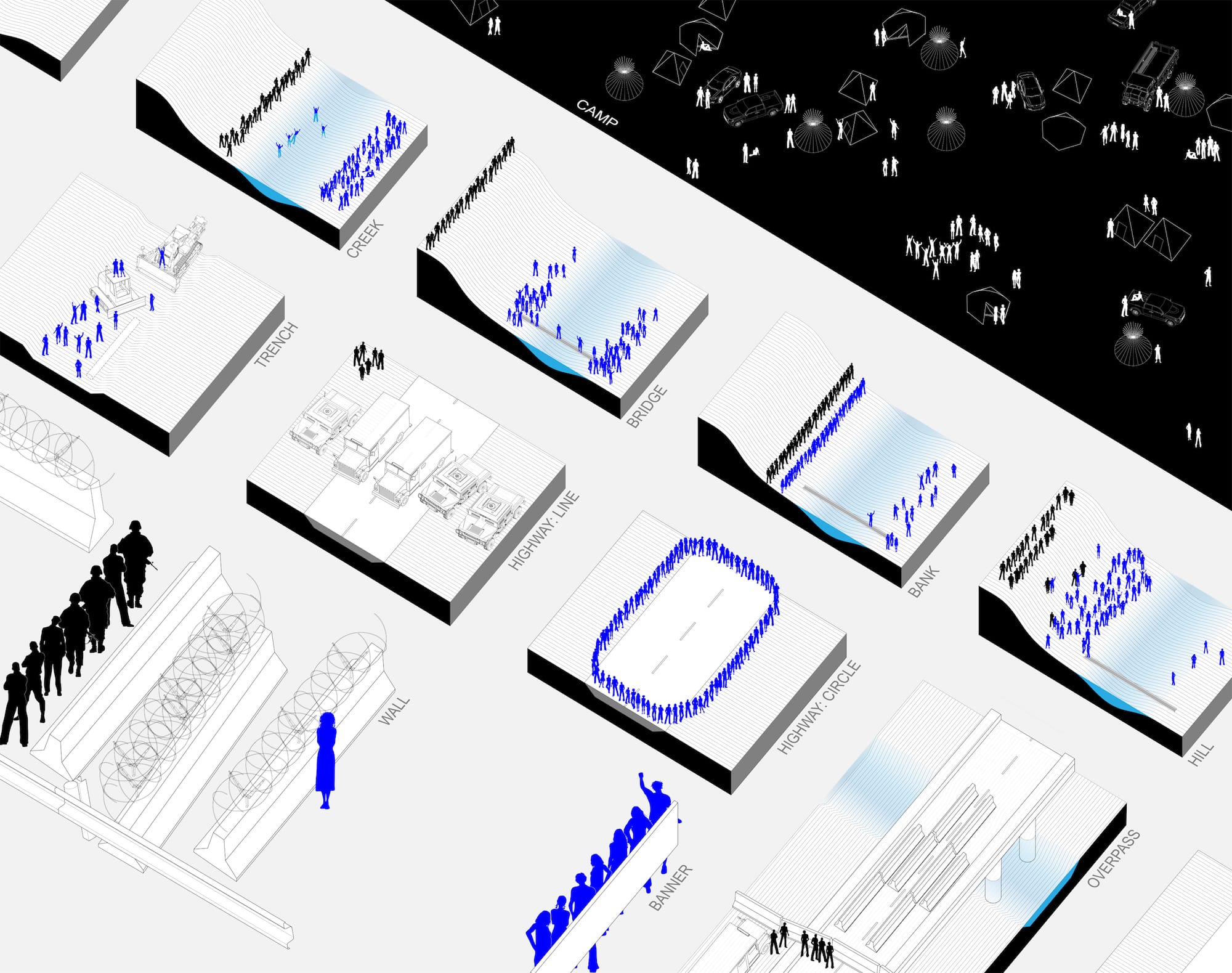
Citizenship, like the environment, is a perpetual construct.
The 14th and 15th Amendments to the Constitution, ratified after the Civil War, articulated the terms of American citizenship and voting rights regardless of race. Native Americans were only explicitly included in these definitions later, in the Indian Citizenship Act of 1924. Yet, the practical extension of voting rights to Native Americans who live on reservations today is still uneven. Tribal Identification Cards are not always accepted as state-issued ID; addresses and mailboxes may not always match U.S. Postal Service standards for mail-in ballots; and residents may not have the time or means to travel hours to a polling location. The borders of reservations are barriers to full civic participation.
The 2016 protests against the Dakota Access Pipeline at Standing Rock Reservation in North Dakota revealed the many ways in which other forms of citizenship, from the conventional to the subversive, could unfold in contested territory. Generic spatial elements like the creek, the hill, and the highway became zones of conflict, framing the fluctuating contours of triumph and loss. Ostensibly solid barriers were transgressed.
Native Citizenship documents moments of inclusion, exclusion, and tension across boundaries and scales at Standing Rock.
Aneesha Dharwadker
Aneesha Dharwadker is the founder of Chicago Design Office and the editor of Transect, a journal of design criticism. She teaches at the University of Illinois, where her scholarly research examines global architecture and landscape transformations arising from colonialism. She received a B.Arch from Cornell University and an M.Des.S from the Harvard Graduate School of Design.
chicagodesignoffice.com | @chidesignoffice